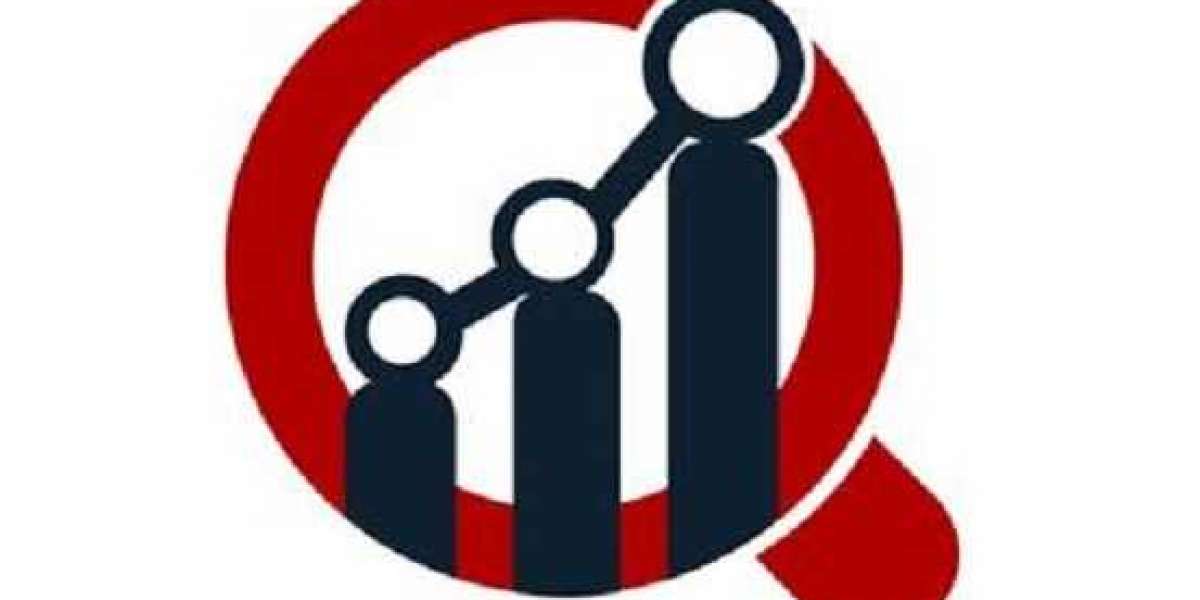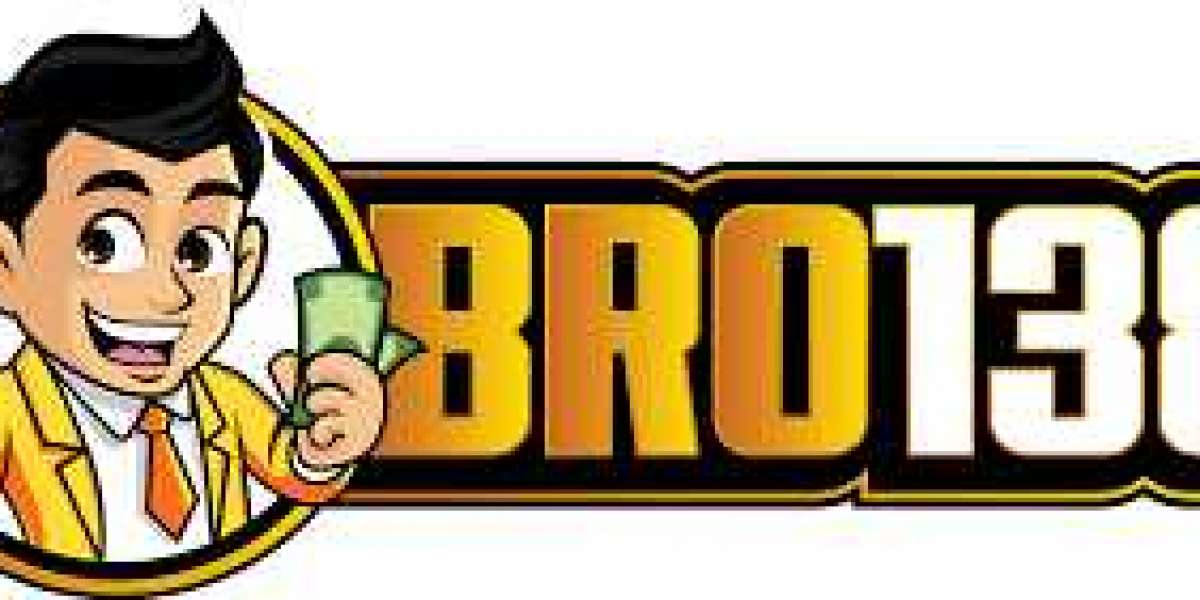The Cornerstone of Blood Diagnostics
Hematology is a vital branch of medicine focused on the study of blood, blood-forming organs, and blood diseases. The accurate and timely analysis of blood components is fundamental for diagnosing a vast array of conditions, ranging from common anemias and infections to complex leukemias and bleeding disorders. At the heart of modern hematology laboratories are sophisticated instruments known as hematology analyzers, which, in conjunction with specialized reagents, automate the process of counting, differentiating, and characterizing blood cells. These integrated systems have revolutionized diagnostic capabilities, significantly improving efficiency, precision, and the speed of obtaining critical patient information, thereby playing an indispensable role in patient care.
How Hematology Analyzers and Reagents Work
Hematology analyzers are highly automated instruments designed to perform complete blood counts (CBCs) and differential leukocyte counts (DLCs). They measure various parameters, including red blood cell (RBC) count, white blood cell (WBC) count, hemoglobin concentration, hematocrit, platelet count, and detailed information about different types of white blood cells (neutrophils, lymphocytes, monocytes, eosinophils, and basophils).
These analyzers employ a combination of advanced technologies, such as impedance, flow cytometry, and laser light scattering. Impedance technology measures changes in electrical resistance as cells pass through an aperture, allowing for cell counting and sizing. Flow cytometry utilizes fluorescent dyes and laser beams to identify and differentiate various cell types based on their size, granularity, and internal structure. Laser light scattering provides information on cell size and complexity.
Complementary to these analyzers are hematology reagents. These specially formulated chemical solutions are essential for the proper functioning of the analyzers. Reagents include diluents, which prepare blood samples for analysis; lysing agents, which lyse red blood cells to allow for white blood cell analysis; and sheath fluids, which create a stream of cells for accurate counting. The quality and specificity of these reagents are crucial for the accuracy and reliability of the analytical results, ensuring precise diagnostic insights.
Key Drivers Fueling Market Growth
The hematology analyzers and reagent market is experiencing robust growth, driven by several significant factors. The increasing global prevalence of hematological disorders, including anemia, leukemia, and various blood cancers, necessitates frequent and accurate blood testing. The growing aging population, which is more susceptible to these conditions, further contributes to market expansion. Advancements in diagnostic technologies, leading to the development of more sophisticated, automated, and high-throughput analyzers, are attracting greater adoption by laboratories. The rising demand for point-of-care testing (POCT), particularly in remote areas and emergency settings, is driving the development of compact and portable hematology analyzers. Furthermore, increasing healthcare expenditure, coupled with a growing awareness of the importance of early diagnosis and regular monitoring of blood disorders, underpins the consistent demand for these essential diagnostic tools.
Technological Innovations and Trends
The hematology analyzers and reagent market is characterized by continuous innovation. A major trend is the integration of artificial intelligence (AI) and machine learning (ML) algorithms into analyzer software. These intelligent systems enhance data analysis, improve the accuracy of cell differentiation, and flag abnormal results for further review, reducing manual intervention and potential errors. The development of fully automated systems that include sample handling, analysis, and data management is streamlining laboratory workflows and increasing throughput.
Another significant trend is the focus on miniaturization and portability, leading to the development of compact hematology analyzers suitable for point-of-care settings, enabling rapid diagnosis and monitoring outside of centralized laboratories. The introduction of advanced parameters beyond the standard CBC, such as immature granulocyte counts and reticulocyte hemoglobin content, provides more comprehensive diagnostic information. Furthermore, manufacturers are investing in developing more stable and environmentally friendly reagents, reducing waste and improving laboratory safety, aligning with broader sustainability goals in healthcare.
Challenges and Future Outlook
Despite the promising growth, the hematology analyzers and reagent market faces certain challenges. The high initial cost of sophisticated automated analyzers can be a barrier for smaller laboratories or those in developing regions. The need for skilled personnel to operate and maintain these complex instruments, as well as interpret the nuanced data, is crucial. Regulatory complexities and the need for stringent quality control measures for both analyzers and reagents also present ongoing challenges. However, the future of the hematology analyzers and reagent market remains strong. The increasing global burden of blood-related disorders will continue to drive demand. Ongoing research into new biomarkers and diagnostic parameters will further enhance the clinical utility of these instruments. As automation and AI integration continue to advance, hematology analyzers and reagents are poised to become even more efficient, accurate, and accessible, ultimately improving diagnostic capabilities and patient outcomes worldwide.
Explore our latest reports
? Stay ahead in the healthcare industry. Browse our latest insights now!
About Market Research Future (MRFR)
Market Research Future (MRFR) is a global market research firm that provides comprehensive insights into market trends, drivers, challenges, and opportunities. We offer a broad range of market intelligence reports and consulting services to help businesses and enterprises in various industries make informed decisions
Media Contact:
Market Research Future (MRFR)
Phone: +1-646-845-9312
Email: contact@marketresearchfuture.com
Website: marketresearchfuture







